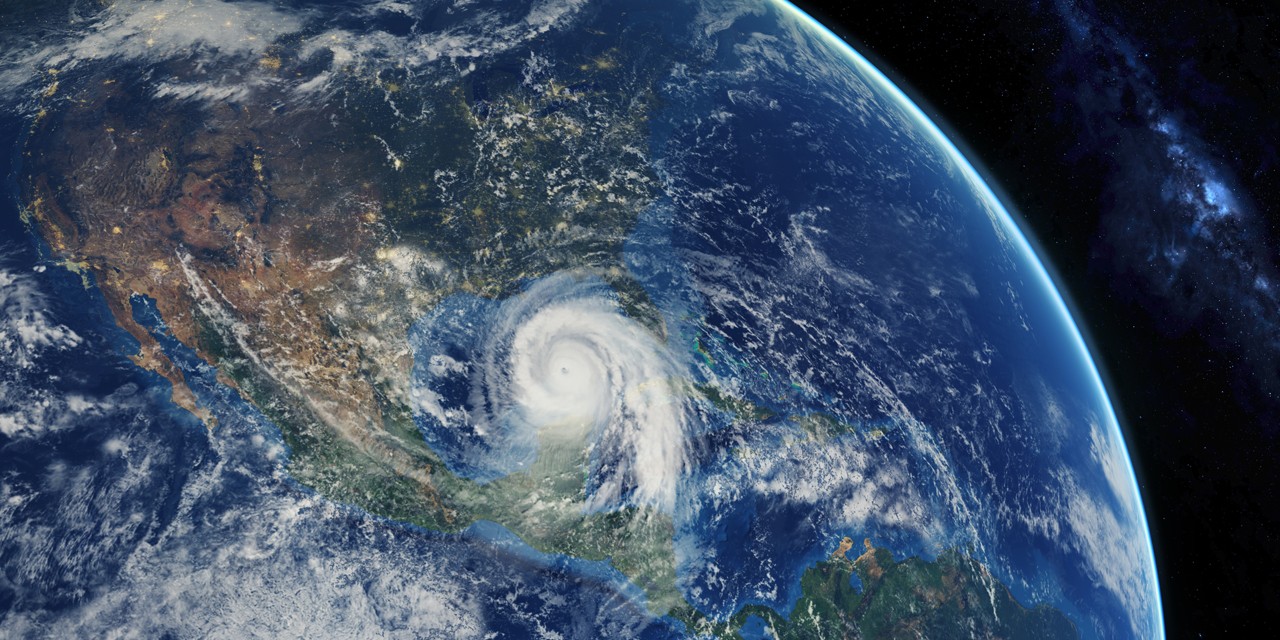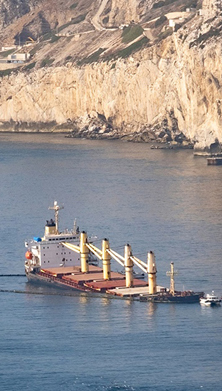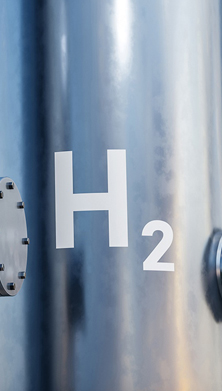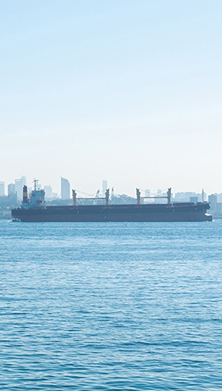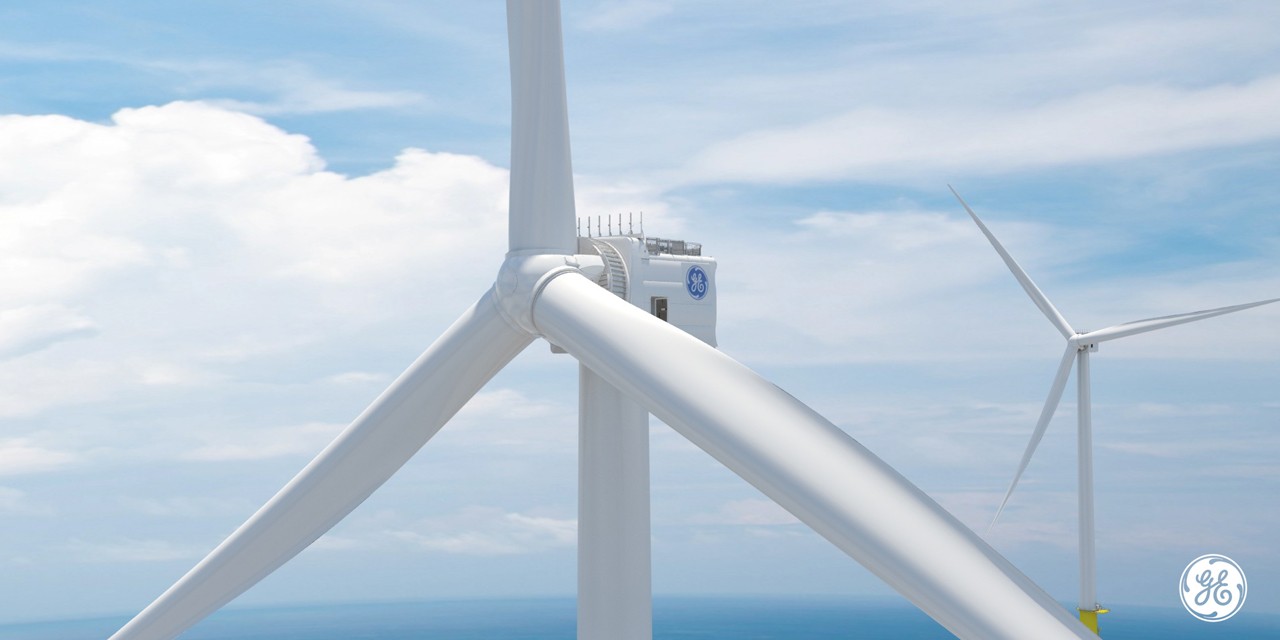This article is part of the Allianz Risk Barometer 2022
Allianz Risk Barometer 2022
Natural Catastrophes: Rank 3 ↑ (25%)
Ranking history:
- 2021: 6 (17%)
- 2020: 4 (21%)
- 2019: 3 (28%)
- 2018: 3 (30%)
- 2017: 4 (24%)
Top risk in:
- Croatia
- Greece
- Morocco
Fourth highest year on record
Annual insured losses from natural catastrophes in 2021 are estimated to be around$105bn, [1]which would make it thefourth highest since 1970, according to Swiss Re. Hurricane Ida at the end of August was the year’s costliest natural disaster, with it expected to cause somewhere in the region of $31-44bn in estimated insured damages, according to modelerRMS. [3] Ida is the sixthcostliest tropical cyclone ever and the fourthcostliest Atlantic hurricane in the US, occurring in the sixth consecutiveabove-normal Atlantic hurricane season. [4]
Although Ida was the year’s dominant natcat event, Winter Storm Uri and other secondary peril events (such as flood, hail, storm or wildfire) caused more than half of total losses [1]. Such activity shows businesses and insurers have to become more resilient against extreme weather events. Previous once-ina- century events may occur more frequently in future. At the same time, with secondary perils accounting for a growing number of losses, current modeling capabilities and risk mitigation strategies for these perils will need to be reassessed. Both buildings and business continuity planning (BCP) need to become more robust. Insurers help and support their clients in these areas, whether it be advising on flood mitigation or building reinforcement measures, or aiding preparation for crisis events. BCP can make a real difference when disaster strikes, ensuring companies get back operating as quickly as possible.
The large losses caused by atmospheric perilshave also fueled discussions around climate change in many countries. “The upwards trend for natural catastrophes in the Allianz Risk Barometer is closely related to the rise of climate change [which rises up to sixth position],” says Dr Hannes Roemer, Expert Cat Risk Analyst, Catastrophe Risk Management, at AGCS.
“This connection can be seen in responses to the survey question on climate change, where ‘physical loss impact – e.g. higher property damages due to volatility of weather’ is the number-one impact respondents say their industry already faces. We have been exploring the impact of climate change on natural catastrophes at AGCS. Based on different flood model results, which were coupled with climate change scenarios, we could demonstrate an overall flood risk increase of 100-125% until 2086 for areas affected by the 2021 German flood, assuming an intermediate greenhouse gas emissionscenario [5].”
References
[1] Swiss Re, Global insured catastrophe losses rise to USD 112 billion in 2021, the fourth highest on record , December 14, 2021
[2] Versicherungsbote, Versicherer schätzen Schadenkosten des Sommer-Hochwassers auf 8,2 Milliarden Euro – Sparten, December 7, 2021
[3] RMS, RMS estimates US$31 – $44 billion in total US onshore and offshore insured losses from Hurricane Ida, September 16, 2021
[4] NOAA, Active 2021 Atlantic hurricane season officially ends, November 30, 2021
[5] Based on the Representative Concentration Pathway (RCP) 4.5, described as an intermediate scenario by the IPCC, where emissions peak around 2040 and then decline
Picture: Shutterstock
Newsletter
Keep up to date on all news and insights from AGCS


